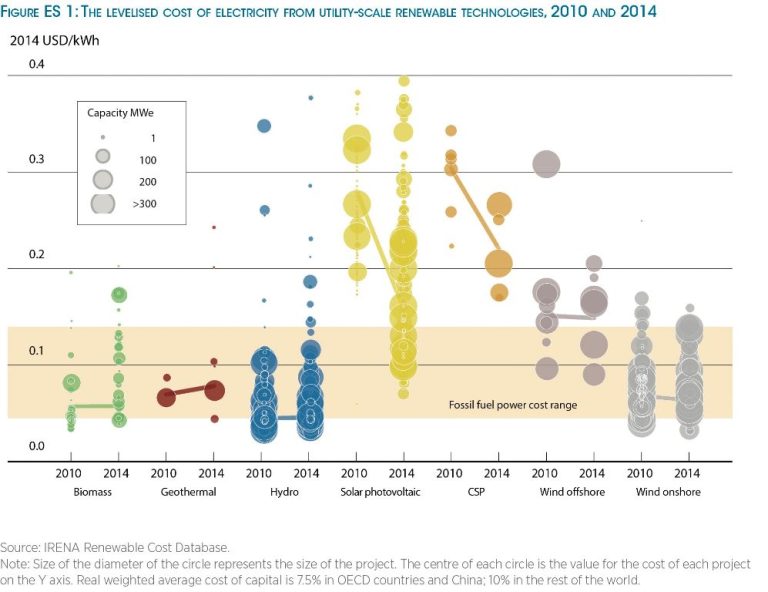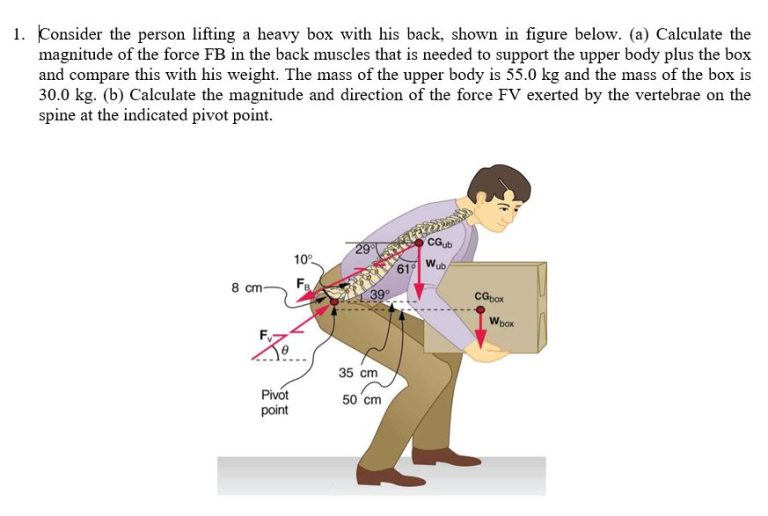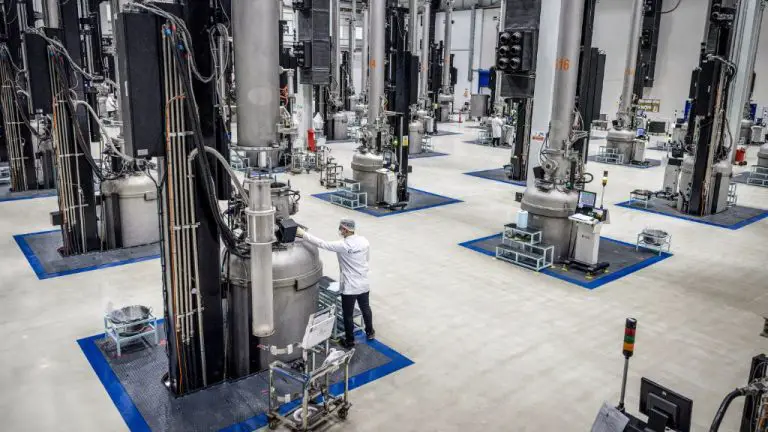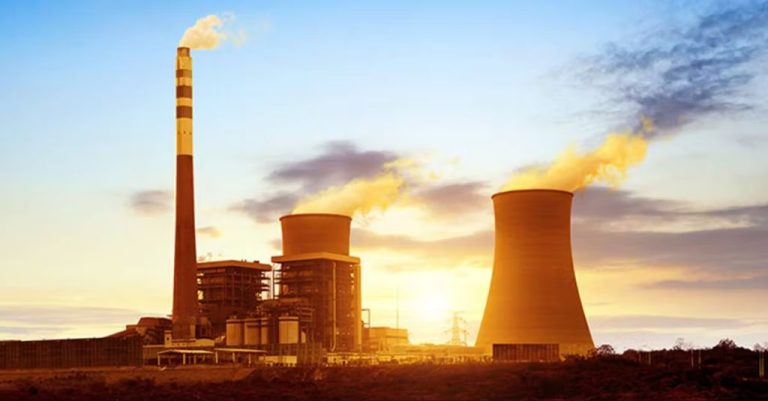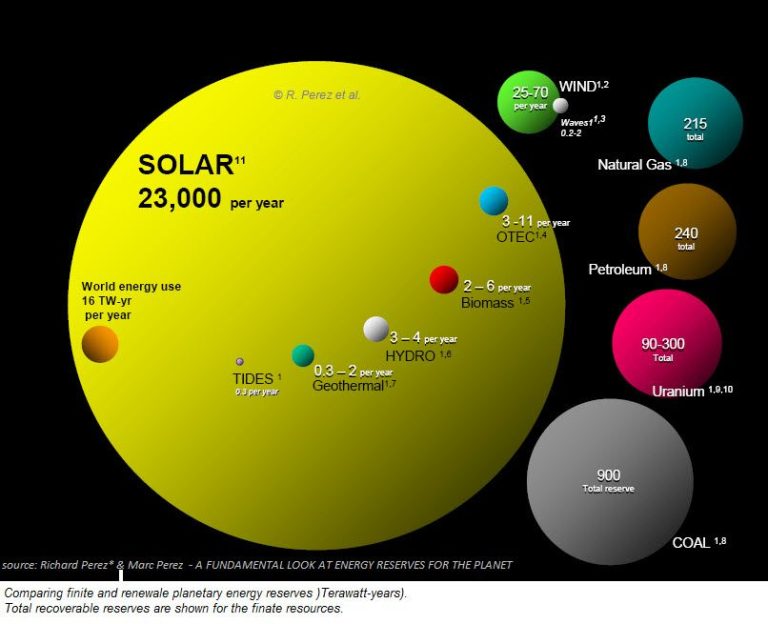What Is The Typical Value Of Eer?
What is EER?
EER stands for Energy Efficiency Ratio and is a measure of how efficiently an air conditioner or refrigerator uses electricity. The EER is the ratio of cooling capacity in BTU/hr to the power input in Watts at a specified outdoor temperature (Lennox.com, 2022).
It measures how many watts of power an HVAC system needs to provide one watt of cooling. The higher the EER, the more efficient the system is. EER is used to rate window air conditioners as well as central air conditioning systems and heat pumps (CieloWigle.com, 2022).
EER provides an efficiency rating at high temperatures, around 95°F, which is when cooling systems have to work their hardest. So the EER gives a measure of efficiency for an air conditioner or refrigerator when operating under significant cooling load.
Typical EER Values
The typical EER values for home air conditioning appliances can vary depending on the type and size of the unit. According to the Department of Energy, window air conditioners tend to have EER ratings between 8 and 12. Central air conditioners usually range from 10 to 20+ (https://www.regulations.gov/document/EERE-2017-BT-TP-0010-0007).
Smaller window units generally have lower EERs while larger central air conditioning systems are more efficient with higher EERs. This is because the larger capacity systems can take advantage of economies of scale in their design and components (https://www.energy.gov/sites/default/files/2021-06/wicf-tp-rfi.pdf).
EER values also vary based on climate. Units designed for hotter climates will have higher EERs than those designed for cooler areas. This allows them to operate more efficiently in higher ambient temperatures.
The Department of Energy has set minimum energy efficiency standards for air conditioning appliances. As of 2023, room air conditioners will be required to have an EER of at least 11.0. Central air conditioners split systems must have an EER of at least 13.0.
Factors Affecting EER
Several key factors can influence the EER value of an appliance or system:
Unit size – Larger units generally have a higher EER than smaller units. This is because larger systems can take advantage of economies of scale in design and operation.
Operating conditions – The ambient temperature where the unit operates affects EER. Most ratings are based on standard conditions. However, colder climates usually result in a lower EER while warmer climates lead to a higher EER.
Age of appliance – EER tends to decline as appliances age due to lower efficiency and wear on components. Newer model appliances often have technological improvements that increase EER.
Maintenance – Proper maintenance like cleaning filters and coils, lubricating parts, and ensuring proper refrigerant levels can help sustain higher EER over the appliance lifetime.
Installation – Correct installation according to manufacturer specifications helps ensure optimal EER. Poor installation can lead to reduced efficiency and capacity.
Improving EER
There are several ways to improve the EER of an air conditioning system:
Getting a properly sized unit for your space is important. An oversized unit will not run efficiently as it will cool the area too quickly and turn off before removing humidity. An undersized unit will run constantly without properly cooling. Work with an HVAC professional to determine the appropriate BTU size needed for optimal efficiency.
[1]
Regular maintenance like changing filters and cleaning coils can help units run more efficiently. Dirty systems work harder to provide cooling. An annual maintenance check by an HVAC technician can optimize performance.
[2]
Upgrading to a newer, higher efficiency model will provide significant EER improvements. New technologies and compressor designs greatly increase EER. Replace older units from the 1990s or earlier for much better efficiency.
[3]
Installing units in a shaded, northern location allows the cooling system to work less to combat sun exposure and heat gain. Proper insulation in the area also helps the unit run more efficiently. An HVAC professional can advise on optimal placement.
[2]
EER vs SEER
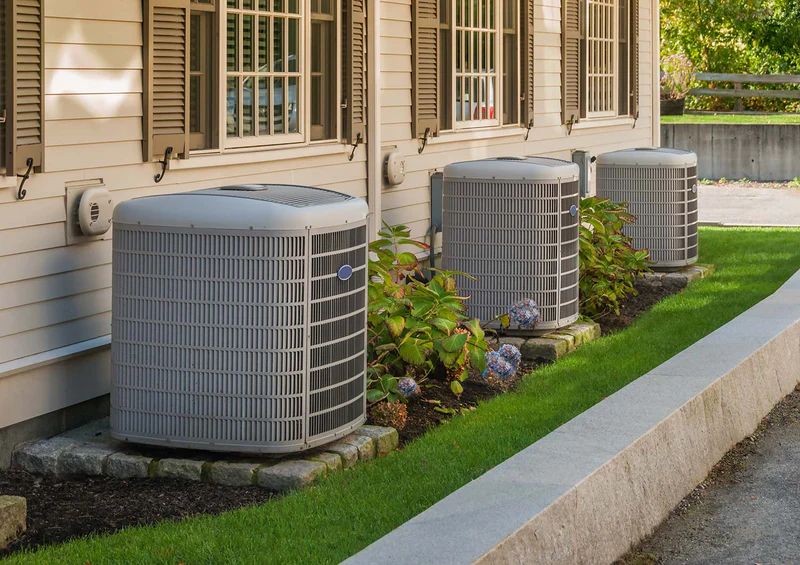
The main difference between EER and SEER is that EER measures the energy efficiency of cooling equipment at a single outdoor temperature (95°F), while SEER measures the efficiency across an entire cooling season. SEER is a seasonal measurement that takes into account variations in temperature throughout the year.
SEER is more commonly used as a rating for central air conditioners because it provides a more realistic measure of energy efficiency over the entire cooling season, which has a wider range of outdoor temperatures. EER is more relevant for room air conditioners that only operate at high temperatures.
According to sylvane.com, SEER is a better indicator of yearly performance for central air conditioners. It measures how efficiently the unit operates over the entire cooling season, from milder spring and autumn temperatures to hot summer conditions. EER only measures peak efficiency on a hot day.
EER for Common Appliances
The EER rating can vary substantially depending on the type of air conditioning system. Here are typical EER ranges for common types of air conditioners:
Refrigerator Air Conditioners
Refrigerator air conditioners, also known as window units, typically have an EER rating between 8 and 12. Models with an EER of 10 or higher are considered energy efficient. The average EER for window units is around 9-11[1].
Central Air Conditioners
Central air conditioning units have larger capacities and higher EERs. Typical EER values for central air conditioners range from 10 to 15. The average central air conditioner has an EER around 11-13[2].
Ductless Mini-Split Units
Ductless mini-split air conditioners tend to be the most energy efficient, with EER ratings from 15 to 27. The average EER for mini-split units falls around 20-24[3].
Regional Variation
The efficiency of an air conditioner (EER) can vary significantly depending on the regional climate. Hotter climates, like the Southwest, require air conditioners with a higher EER to maintain indoor temperatures. Colder climates, like the Northeast, can get by with a lower EER.
The Department of Energy (DOE) recognizes these regional differences and has set minimum EER standards for air conditioners by region since 1992 [1]. As of January 2023, the regional minimum EERs have been increased, ranging from 11 EER in the hot and humid Southeast to 14 EER in the hot and dry Southwest. This ensures air conditioners are appropriately sized and efficient for local weather conditions.
Humidity also affects the perceived temperature, known as the heat index. A higher heat index means your body has a harder time cooling itself through sweating. Therefore, an air conditioner in a humid climate like Florida has to work harder to maintain comfort than one in an arid climate like Arizona. Minimum EER requirements account for typical humidity levels in each region.
Reading EER Ratings
When purchasing an air conditioner or heat pump, it’s important to understand how to properly read and compare EER ratings. There are a few key things to look for:
Check the EnergyGuide label. This yellow label provided by the Federal Trade Commission lists the EER rating and other important energy use details. Comparing EnergyGuide labels is an easy way to compare efficiency between different models (Department of Energy).
Compare spec sheet ratings. EER ratings are also provided on manufacturer spec sheets. Make sure to compare ratings tested under the same conditions, as EER can vary based on factors like capacity and testing temperatures (Western Hills).
Verify certified testing. Look for units certified by AHRI, which provides an independent verification that products have been tested according to industry standards. This ensures the EER rating has been determined accurately (Trane).
Higher EER values indicate more efficiency. But it takes some diligence to properly compare ratings between different models. Following these tips will ensure you select the most energy efficient option.
Cost Savings
One of the key benefits of higher EER ratings is lower operating costs. With a higher EER, an appliance like an air conditioner or heat pump requires less electricity to provide the same amount of cooling. This translates into direct savings on your energy bills.
There are some useful online tools that can help calculate the potential savings from upgrading to a higher EER unit. For example, this SEER Efficiency Savings Calculator allows you to input details like your existing unit’s EER rating, hours of use, electricity rate, and the upgraded unit’s EER to estimate the annual savings from the change. Over 10-15 years, which is the typical lifespan of an HVAC system, those savings can really add up.
Upgrading from an older, lower EER unit to a newer high-efficiency model represents a major long term cost savings on operating costs. While the upfront cost of installation may be higher, those expenses are recouped over time from the annual energy savings. With rising electricity rates, choosing an HVAC system with a higher EER provides protection against increasing energy bills for many years down the road.
Future Trends
As technology continues to advance, we can expect to see improvements in the energy efficiency of appliances. Here are some of the key trends to watch for in the future:
Increasing minimum standards – Governments are likely to continue raising the minimum EER requirements for new appliances. This will force manufacturers to innovate and produce more efficient models. The goal is to gradually phase out the least efficient appliances over time.
New technologies to improve efficiency – Engineers are developing new compressor designs, heat exchangers, fans, and other components that allow appliances to operate using less energy. For example, variable speed compressors only use the energy they need instead of cycling on and off.
Smart appliances – New appliances are being designed with connectivity and smart features. This allows them to optimize their energy use based on signals from the power grid. Smart appliances can shift their demand to off-peak times to save energy and money.

